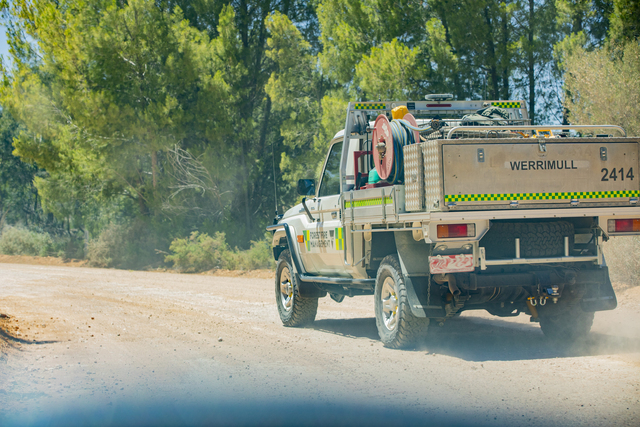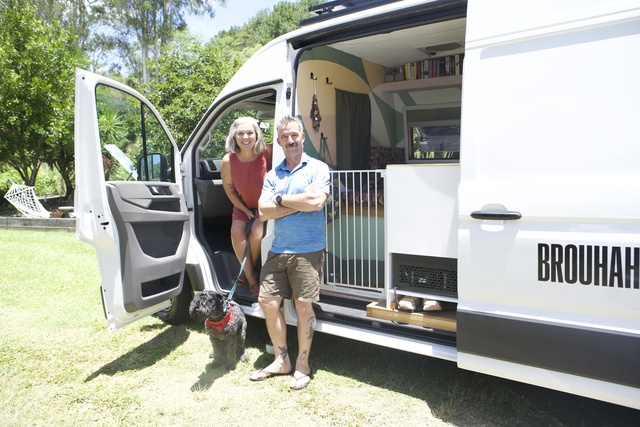A “BUY local” push is gathering momentum as the worsening China-Australia trade war squeezes the Sunraysia wine industry.
“Now is as good a time as ever to get behind our local wineries,” Sunraysia Cellar Door owner Greg Christensen, who stocks wine from only the Murray-Darling region’s 22 producers, said on Friday.
“I set up my business seven years ago to help support the locals. And this China tariff debacle means they are going to need every bit of extra support we can give them by buying local wine.”
Mr Christensen’s call came a day after Sunraysia Daily revealed how a Chinese-owned winery near Red Cliffs will dodge paying a hefty new Beijing-imposed tariff under a loophole that most Australian competitors can’t match.
Weilong Wines, which has a new $85 million production site on Treviso Way, sends most of the wine it produces from three Victorian farms to China in 24,000-litre bulk containers.
This is in contrast to the bottled and labelled product the majority of local exporters send to the Chinese market.
It means Australian production by Weilong, the third-largest winemaker in China, will avoid the new tariff, which ranges from 107 per cent to 212 per cent on bottles of two litres or less.
China also imposed further temporary anti-subsidy tariffs of 6.3 per cent to 6.4 per cent on imported Australian wines, effective from Friday.
“This Weilong thing is unbelievable,” Mr Christensen said.
“You’ve got to think the Chinese Government would have known about how (Weilong) could get around the tariff before it was imposed.”
Readers took to social media to make “buy local” calls and vent their fury at Weilong’s great tariff escape.
“I’ll be doing my bit now to only buy wine that comes from Sunraysia,” Rob Matthews wrote.
Ross Waller added: “(Weilong) is another wine group to boycott.”
And Norm Close wrote: “So much for a level playing field. How can Australia let this happen?”
Mr Christensen, who previously worked as a national sales manager for a Merbein winery, said the Chinese had “long been difficult customers”.
“I was heavily involved in exporting wine to China for many years before I started this business,” he said.
“They often come to the three big inland wine-producing regions of the Murray-Darling, Riverland and Riverina.
“We’re part of the only three regions in Australia that can supply wine for the (cheap) price the Chinese want to buy for.
“I’ve previously spent days and days taking Chinese people around Mildura, taking them to wineries and bottling companies and explaining what it costs to make wine.
“But after all that, they still insist on paying just the $2 per bottle they were told 20 years ago that it’d cost. It’s very frustrating.”
Mr Christensen did, however, predict a silver lining for Australian wine consumers in the China crash.
“Vintage is about to come. If the wineries have got wine in the tanks and they know it’s not going to China in the next 12 months, they’ll have to quickly find another market.
“And they are going to put much of it on the Australian domestic market.
“This will mean the prices for good-quality wine will go down like no tomorrow.”








